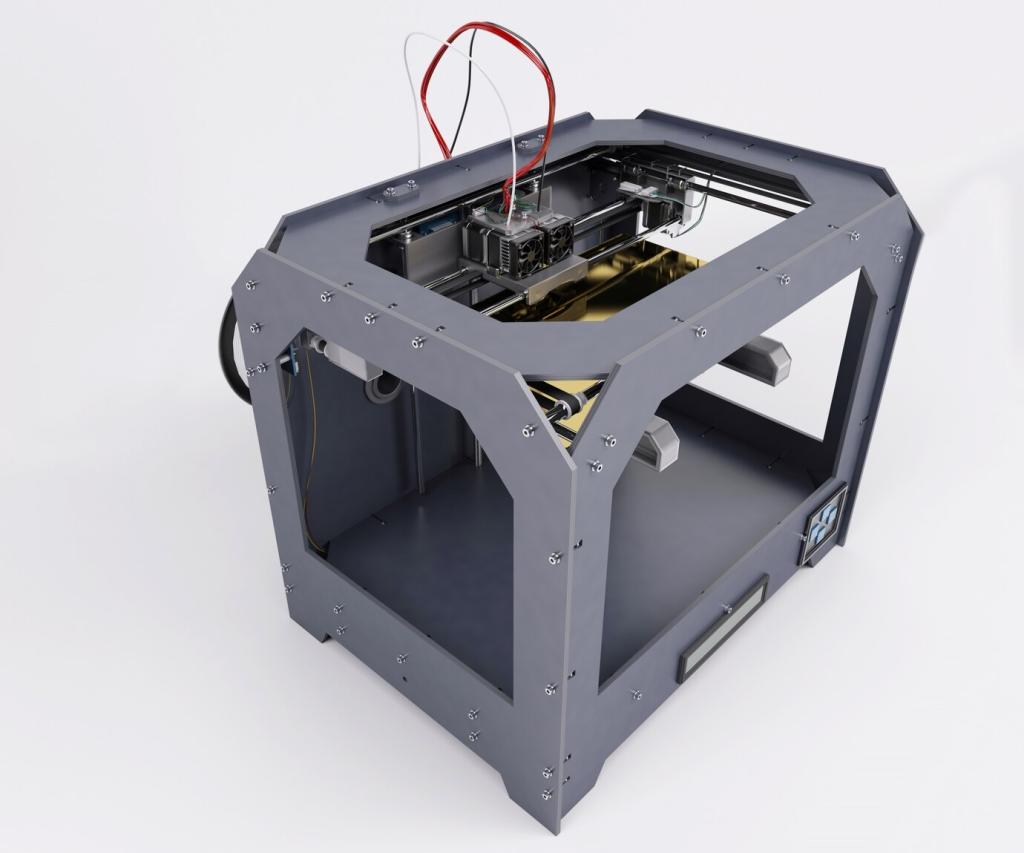The Rise of Autonomous Vehicles: Welcome to the Journey
Chosen theme: The Rise of Autonomous Vehicles. Step into a future where cars see, think, and navigate for us—reshaping safety, cities, work, and everyday life. Subscribe and share your hopes or hesitations; your voice helps steer where autonomy goes next.

From Labs to Lanes: A Brief History of Autonomy
The DARPA Grand Challenges in 2004 and 2005 transformed autonomy from academic curiosity to concrete progress. A decade later, pilot robotaxi services began in select neighborhoods, showing cautious yet consistent advances that hinted at mainstream transportation shifts ahead.
From Labs to Lanes: A Brief History of Autonomy
Universities seeded breakthroughs, startups chased daring ideas, and automakers brought scale. City planners, safety regulators, and communities added vital context. Together, they turned sensor rigs on rooftop racks into fleets steadily learning complex traffic patterns block by block.
From Labs to Lanes: A Brief History of Autonomy
I still recall settling into a quiet autonomous shuttle, palms hovering over nothing. It eased around a double-parked truck, signaling early, waiting patiently. Passengers exchanged surprised smiles. Share your first autonomous ride story—or the moment you’ll finally try one.
Safety, Trust, and the Human Factor
Autonomous vehicles fuse complementary strengths: LiDAR measures depth precisely, radar perceives through rain and fog, and cameras decode signs, lanes, and gestures. Redundant sensing and continuous self-checks create layered protection when unpredictable conditions challenge ordinary human reaction times.


Cities Reimagined by Autonomy
If shared autonomous mobility reduces private car ownership, cities can convert parking lanes into bike corridors, trees, and café seating. Thoughtful curb policies prioritize pickups, deliveries, and accessible loading—helping sidewalks feel safer, calmer, and more sociable throughout the day.
Cities Reimagined by Autonomy
Autonomous shuttles linking neighborhoods to transit hubs can shrink frustrating transfers. Predictable schedules, dynamic routing, and bundled fares smooth commutes. What feeder route would help you most? Suggest it, and we’ll feature pragmatic ideas from readers in future posts.
Economics on Autopilot
Driver time dominates freight expenses. Autonomous middle-mile trucks promise steady speeds, fewer empty miles, and 24/7 utilization. Neighborhood robots handle short hops efficiently. Together, they may unlock cheaper goods, faster restocking, and new local services in underserved communities.
Economics on Autopilot
As vehicles assume more control, liability shifts toward manufacturers and software providers. Insurers lean on telemetry, exposure hours, and near-miss trends. Transparent safety metrics help price risk fairly and reward best practices. What data would convince you rates reflect reality?
Inside the AV Tech Stack

Each sensor has strengths and blind spots. Fusion algorithms cross-check depth, motion, and semantics to reduce uncertainty. When a camera’s glare spikes, radar and LiDAR step up. This redundancy helps maintain graceful behavior when conditions turn complicated or chaotic.

